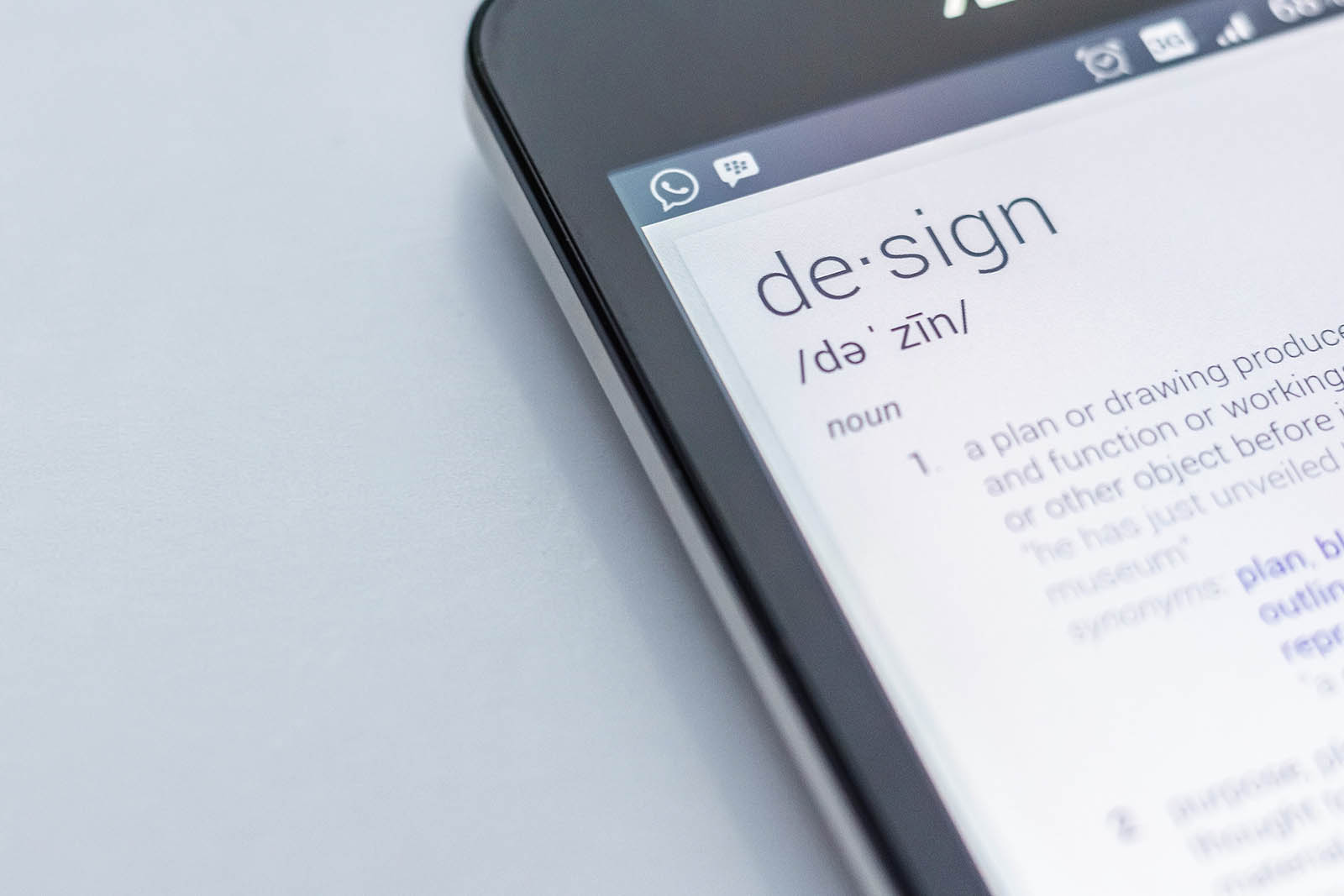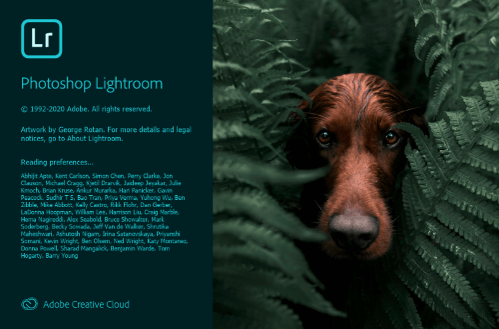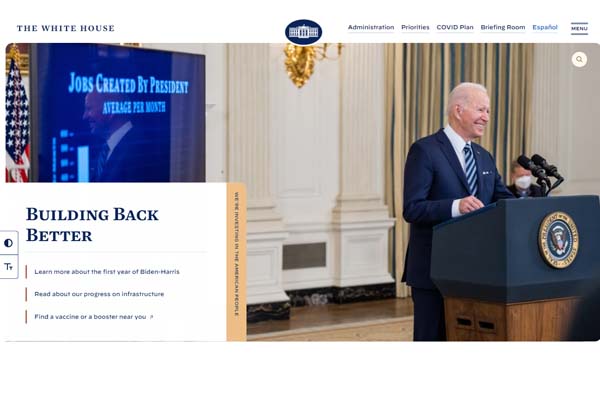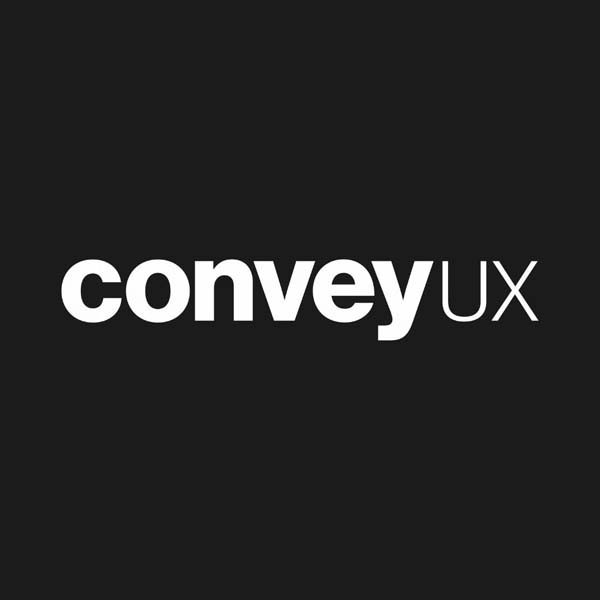UI UX Trends 2025 represents our most pessimistic forecast for the industry to date, given the ongoing cuts in tech jobs and the lack of significant breakthroughs.
For the first time, we genuinely hope this forecast does not come to pass, although, given current trends, that seems unlikely.
Top UI and UX Design Trends of 2025
1. UX will not serve as a primary focus as of now
The global economy is facing significant challenges, with ongoing wars, aging populations, and a cloud of economic uncertainties dampening its vibrancy compared to previous years.
Our jobs platform, which tracks job opportunities in UX/UI, has observed a sharp decline in job listings over the past two years. This trend reflects broader changes in corporate priorities, as many companies are scaling back budgets and reducing headcounts, particularly in areas deemed non-core to their operations.
While UX professionals emphasize that superior user experiences drive customer retention, and ultimately, revenue growth, the reality is that UX is not universally recognized as a core function. Unlike roles directly tied to revenue generation, UX often struggles to demonstrate immediate, tangible financial returns, making it more vulnerable to cost-cutting measures.
Fortunately, there are exceptions. Companies like Apple continue to invest heavily in UX through dedicated teams such as their Industrial Design, Human Interface Design, and Communications Design teams. These organizations view UX as integral to their brand and long-term success.
However, these companies remain in the minority. Given the current economic trajectory, we anticipate this trend of reduced investment in UX to persist in 2025.
2. Decline in UX Conferences reflects industry shift
UIUX Trend’s directory of UX events and conferences is among the most comprehensive and largest in the world. We feature top UX events spanning across regions, from the United States and Europe to Asia and Oceania, providing a global perspective on the industry’s most significant gatherings.
However, the landscape of UX conferences is undergoing a notable shift. The number of conferences has been steadily declining, mirroring broader trends in the UX industry. Several long-standing annual conferences have been discontinued altogether, while others have scaled back in size and scope. In some unfortunate cases, conferences have been abruptly canceled despite collecting registration fees, often due to insufficient participant numbers.
This decline reflects the evolving priorities within the industry, as organizations reassess budgets and resources, impacting the sustainability of such events. As the industry adjusts to these changes, the future of UX conferences may hinge on how they adapt to meet shifting demands and constraints.
3. Focus more on conventions
The pace of innovation in UI and UX has noticeably slowed, with few groundbreaking ideas or design revolutions in recent years. This is one reason why the industry was so excited about the introduction of the iPhone’s Dynamic Island in 2022, an innovation that, while somewhat “groundbreaking” at the time, has since become a standard feature that feels almost routine.
However, this stagnation isn’t necessarily negative. Consistency and standards is, after all, one of the principles of usability heuristics. Designers benefit from a well-established framework of industry conventions, which serve as reliable guides for creating user-friendly interfaces. They also enhance learnability for users, as familiar patterns make navigation and interaction more intuitive. From a business perspective, established norms make it easier to pitch designs to management, as ideas grounded in proven standards are often more readily accepted. It also reduces the need for usability testing.
On the downside, the reliance on conventions means that genuine breakthroughs are rare. The industry is unlikely to see significant innovation unless a major player, such as Apple, introduces another paradigm-shifting idea.
4. More opportunities in Europe and US than Asia
We’re focusing on untapped or emerging opportunities rather than those that already exist.
If you’re thinking of relocating to Asian cities like Singapore, Tokyo, or Shanghai in search of better prospects, perhaps due to a shortage of opportunities in hubs like San Francisco, Austin, New York, Seattle, or even London and Berlin, you might find the reality surprising.
Although the job market in Asia is faring better overall, UX and UI roles are not in high demand at present due to the region’s relatively low UX maturity. While there is undoubtedly potential for growth and development in this field, it is not yet a priority for many companies. This represents a long-term opportunity, but significant traction in 2025 remains unlikely.
5. New products in the market
The launch of new products has historically been a catalyst for fresh opportunities, as seen during the initial releases of iOS and Android. These platforms fostered thriving ecosystems of apps, services, and innovations, creating countless avenues for developers, designers, and businesses.
Meta’s Meta Quest appears to be one of the more promising products among the current wave of devices and app ecosystems. With its focus on virtual reality (VR) and immersive experiences, the Meta Quest has the potential to carve out a significant niche and inspire a new generation of creative and technical development.
We remain optimistic that this platform will gain traction, leading to the growth of a robust ecosystem similar to those built around other transformative technologies.
6. AI Automation is now a need
In last year’s UI UX Trends, we predicted that UI designers would need to integrate AI technology into their daily workflows.
Since then, AI-driven automation in design has evolved from a speculative trend to a critical necessity. Themes of AI automation have also dominated UX conferences in the past one year.
The growing demand for efficiency has made it essential for designers to leverage AI tools to streamline processes, enhance creativity, and accelerate project timelines. With tighter budgets and reduced team sizes, designers are increasingly turning to AI to help manage workloads, optimize repetitive tasks, and maximize productivity.
As businesses face economic pressures and seek to do more with fewer resources, AI is no longer just a helpful tool, it has become an integral part of the design process. Some of the top AI tools to use in 2025 for UI/UX include Adobe Firefly and DALL·E.
7. Minimalism, large fonts, rounded-corner buttons, accessibility
As design has increasingly aligned with conventional industry practices, you can never go wrong by adhering to the UI/UX trends we’ve previously forecasted.
These trends include embracing minimalism in design, opting for large fonts over smaller ones, and incorporating rounded-corner buttons for a more modern, user-friendly look. Additionally, ensuring that your website is fully accessible to all users will be paramount in 2025, as accessibility continues to be a critical priority for both user experience and compliance.
8. RIP InVision
InVision has announced that its design collaboration services will be discontinued starting in 2025. Meanwhile, InVision’s Freehand, a visual collaboration product that allows teams to brainstorm and iterate in real-time, has been acquired by Miro.
This marks the end of a significant era for InVision, a platform that has long been a trusted tool for design teams working together on projects. As we reflect on its impact, we feel compelled to include this update in our post as a tribute to InVision, one of the tools we’ve greatly valued and enjoyed using throughout its journey.



















